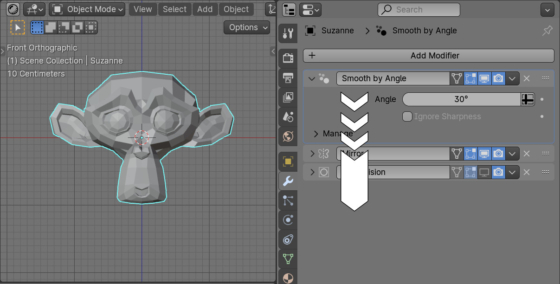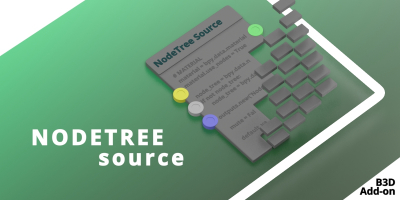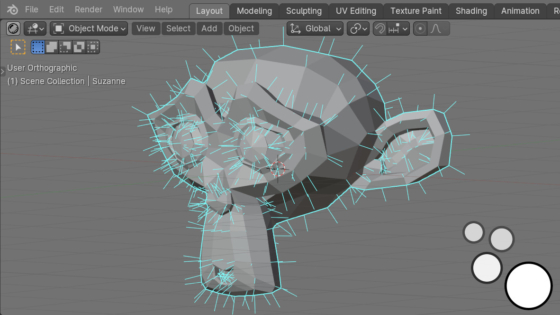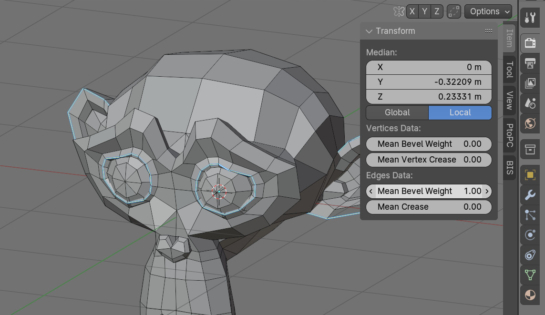Quickly setting the point at which the light sources in the scene should be directed
When we set up lighting in a scene in Blender, we usually set the direction of the light to the desired point manually for each light source. However, this process can be simplified and we can specify the point to which all selected light sources in the scene will be directed at once.
Quickly setting the point at which the light sources in the scene should be directedRead More »

 .blend file on Patreon
.blend file on Patreon

 Buy on Blender Market
Buy on Blender Market Buy on Gumroad
Buy on Gumroad



